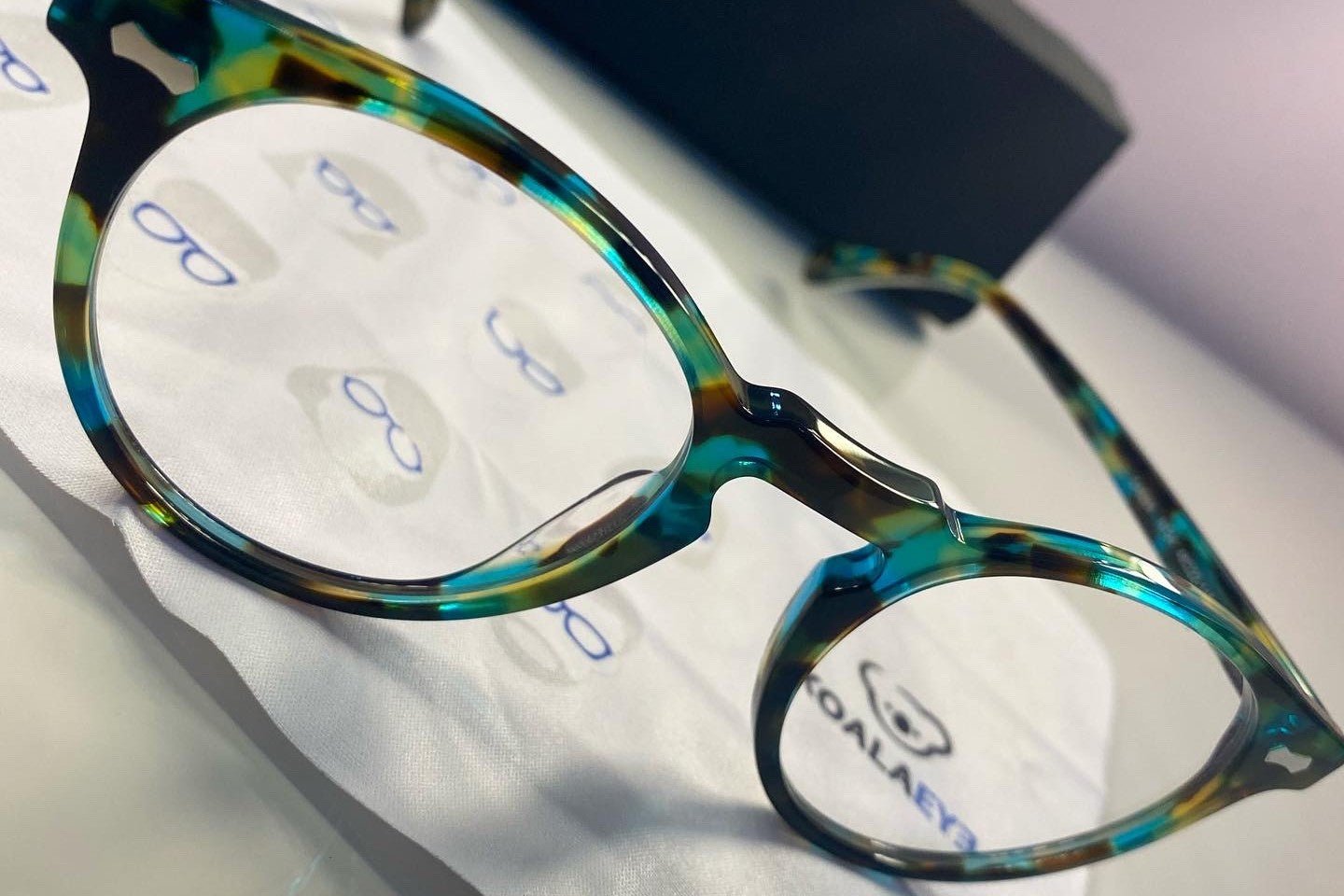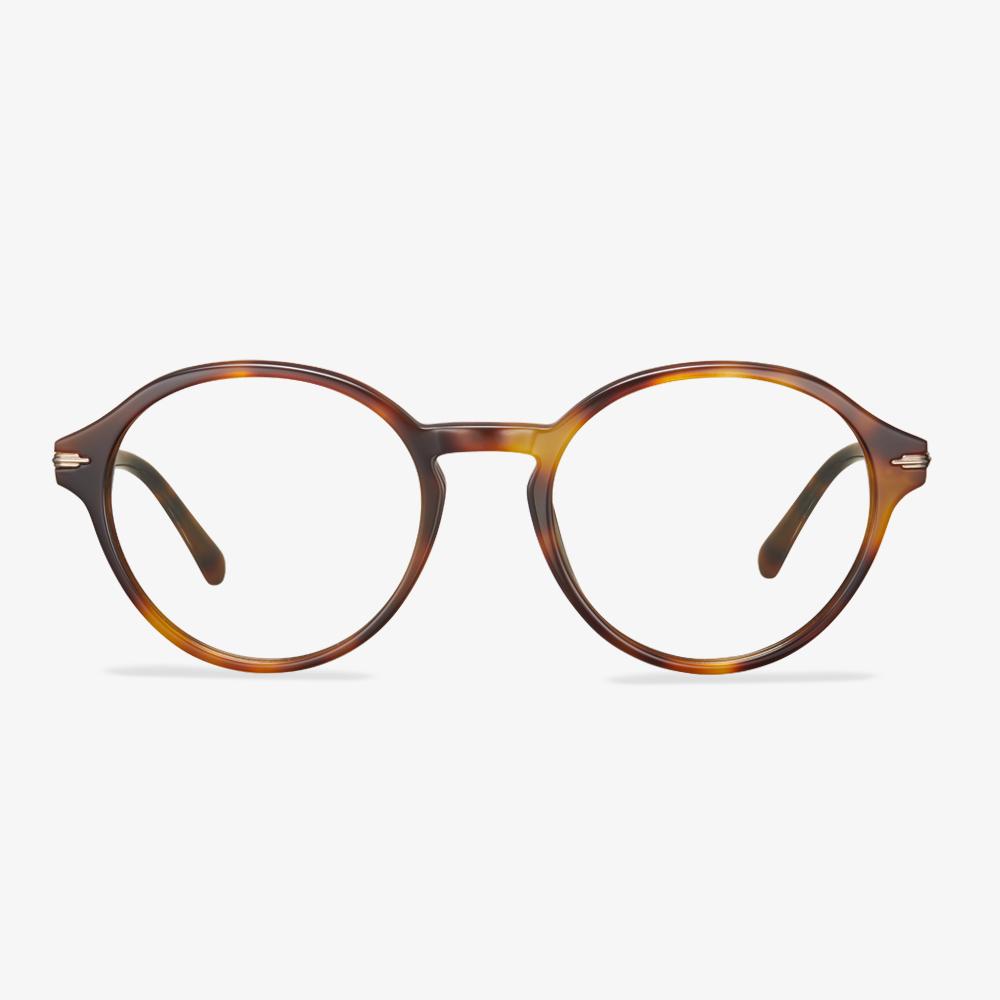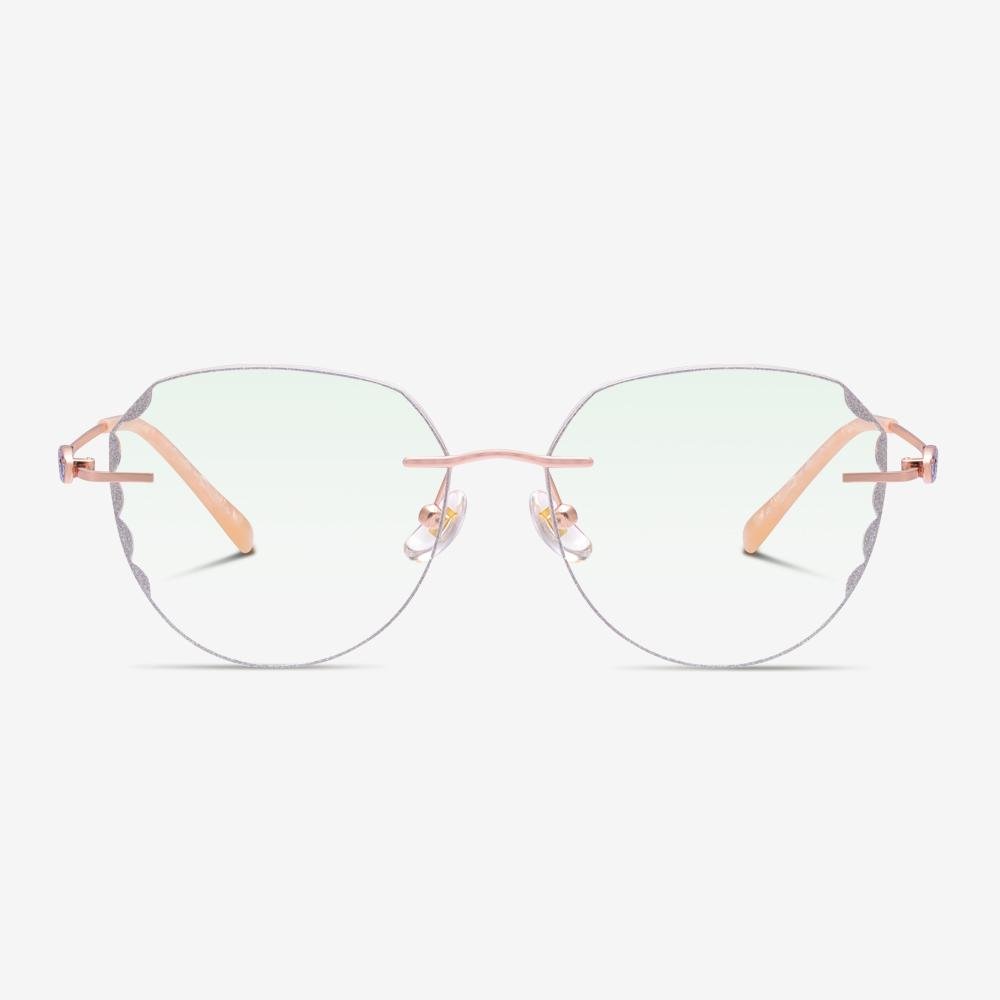The design evolution of progressive lenses
Spherical and aspheric designs
The design of the front surface of the far-use area of the early progressive lens is similar to that of the ordinary spherical single vision lenses, so it is called a spherical progressive lens. Since 1974, the front surface of the far-use region of the lens is designed to be aspheric by designers, which not only reduces the peripheral aberration but makes the lens thinner, lighter, and less powerful.
Hard and soft design
For hard design, the channel is short, and the gradient is large. The near-use area position is high. The effective visual area of remote and near-use areas was larger. Peripheral astigmatism is relatively concentrated. Because surrounding astigmatism increases rapidly and the distribution is dense, the curve effect is more obvious. The gradient area is narrow. It is more difficult and takes longer for wearers to adapt.
Lenses with soft designs have slower gradients, longer gradients, and wider gradients. The angle of rotation of the eye from the far area to the near area is greater. It's easier to get used to. Compared with the hard design, the effective visual area of the far and near use areas is smaller, and the location of the near use area is lower.
Single, diverse, and individualized design
Initially, the progressive lenses used a single design, in which each basic curve was scaled equally and a luminosity combination was added within the range of its semi-finished lens blanks. The steepest base curve uses the same lens design as the flattest base curve. Lenses designers quickly realized that the overall performance of the lens could be improved by microcustomizing the lens design, leading to progressive lenses with multiple designs. This kind of design is called diverse design. By the mid-1990s, there was the emergence of individualized lens designs. In addition to using different gradients, these first individualized lens designs used steeper baseline curves with a slightly larger approach area to compensate for increased magnification and reduced field of view.
Symmetrical and asymmetric design
There is no difference between the left and right eyes in the symmetrical design of progressive lenses. As the eyes turn inward when they see near objects, the gradual gradient area gradually tilts to the nasal side from top to bottom, so the left/right progressive lenses should be rotated clockwise/counterclockwise respectively during processing. An asymptotic lens with left and right eye divisions is called an asymmetric design. The gradient is gradually and moderately inclined to the nasal side from top to bottom. The refractive force, astigmatism, and vertical prism of the two sides of the left and right gradient of the asymmetric design lenses are basically similar. At the same time, considering the characteristics of eye movement parameters in binocular vision, the peripheral aberrations of the corresponding positions of the left and right lenses were appropriately balanced to improve the visual effect of the wearer.
TERAISE Polarized Clip-on Sunglasses Over Prescription Glasses
The use of a yellow night vision clip helps reduce the glare of other vehicles' lights effect, and a nearsighted night vision clip can improve the safety factor of night driving. You can wear myopic prescription night vision glasses for a small amount of money, saving at least $350 / euro. It only weighs 4 grams. With a strongly polarized lens, the glare can be weakened, simple, and beautiful. On cloudy, rainy, or foggy nights, it's safer to wear a night vision clip. They have 18 months of quality assurance and comprehensive customer service.
The keyhole bridge is different from an ordinary bridge.
The common bridge is designed to span the tip of the nose like a saddle. The two sides are evenly distributed along a wider area for a more even distribution of the weight of the frame and lens. A common bridge is the most effective way to shorten and reduce the shape of the nose. Especially when the upper margin of the frame is aligned with the eyebrow line or just below the eyebrow line, the overall structure of the face is more balanced. Both kinds of bridge designs have been widely used. Lighter colors, like clear crystal or pale yellow, will reduce the effect of keyhole bridges on the nose.
The keyhole design touches two sharp points of the nose bridge eliminating pressure from the top of the nose. This style makes a bold fashion statement suitable for both men and women. Athletic designs with comfortable details make this collection the first choice for everyday wear. If you’re ready for a new look, peruse our catalog of incredible selections with fashionable, lightweight and comfortable keyhole glasses.
What is a progressive lens?
A progressive lens is a lens whose upper sides are used to see far, and the lower side is used to see near. The distance from the fixed distance power above the lens to the near power fixed below the lens does not change suddenly, but a gradual transition between the two through the gradual change in refractive power.
Standard progressive lenses are multifocal lenses with three observation areas, farsightedness, intermediate vision, and nearsightedness. Unlike bifocals, there are no visible lines between each viewing area. They have a seamless, invisible design, where the optical power changes 'gradually' throughout the lens. Many people confuse 'bifocal' or 'trifocal' with 'progressive' but remember that bifocals and trifocals have visible lines in the lens, while progressive lenses do not. Because progressive lenses have no lines in the lens, they are more popular multifocal lenses than bifocal lenses. However, is progressive lens good for eyes?
Benefits of glasses
You don't need a special cleaning plan, and they don't require much care. You can choose from a variety of frames to suit your style. If your vision stays the same, you won't need to change your glasses as often. You don't need to touch your eyes to wear them, and in addition, glasses can adjust the amount of light entering your eyes for optimal comfort and vision. Glasses are more powerful modifiers than contact lenses. Glasses are not only used as a tool to correct vision but as accessories. On different occasions, the different dresses should match different frame glasses, reflecting the person's different temperament.
Are yellow lenses good for night driving?
Yellow lenses are very effective even in low light conditions. They enhance contrast while you're driving. In other words, they broaden your horizons and allow you to see more cars, people, and objects on the road. Especially when you're driving at high speeds on dark roads, this widened, enhanced view can help you see more clearly. The transparent driver's glasses effect is not good. Headlight glare can be understood as dazzling light. The lens should be looked for from the angle of the stain. But the color should not be too dark to ensure safe driving at night. It is better to polarize the light. It can greatly improve the anti-glare effect.
Many optometrists have problems adjusting their frames almost daily. In the eyes of the customer, it is simple to use tools, but in reality, the technology involved is pretty important. It is no exaggeration to say that a good pair of glasses and optometry, collocation is equally important. If the customer's optometry parameters are normal, and glasses collocation is accurate, but wearing is not comfortable. So the collocation of glasses is very key, and many problems can be solved by the collocation of glasses.











































